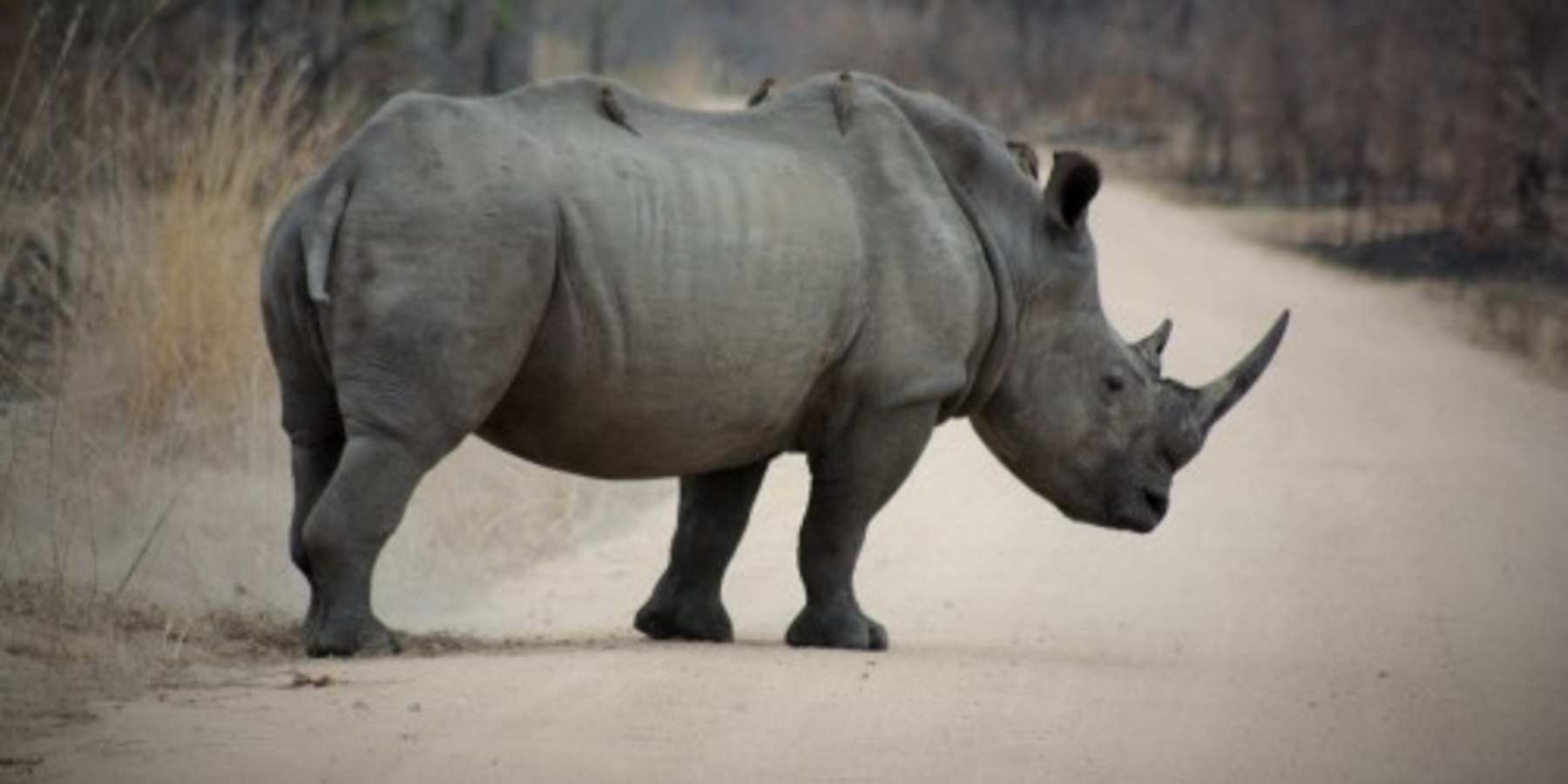History of the Kruger National Park
The Kruger National Park is regarded as one of the most important national parks in the world. This is not only because of its seize, but especially because of its great diversity.
In seize it is 1,948,528 ha, or almost 20 thousand sq kilometers, therefore an area comparable with the land of Israel, or Wales, or The State of New Jersey. From North to South it stretches over 350 km, but in its breadth it various from between 72km in the South and 45 in the middle part and 33 in the far north. The shape of the Park is like a reversed letter L.
Generally the park slopes from the west downwards to the east, therefore all the major rivers flows from west to east. The height above sea level varies between 839 m near Malelane in the south-western part and 442 m at Punda Maria in the North. The central part is about 260m and the lowest point is 122 at the Lower Sabie gorge. The whole Eastern boundary is covert by the Lebombo Mountains.
How ever the Kruger Park is also so highly rated because of its diversity. The undisturbed savanna, woodlands, riverene forest and craggy mountain ranges combined with the magnificent 147 species of mammals, more than 500 species of birds, amphibians and at least 336 kinds of trees and more then 2000 plant species, combined with glorious sunshine make this place one of thee places not only in South Africa, but also in the world.

